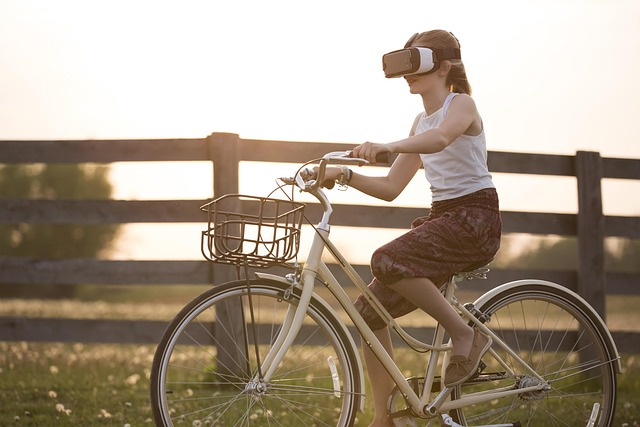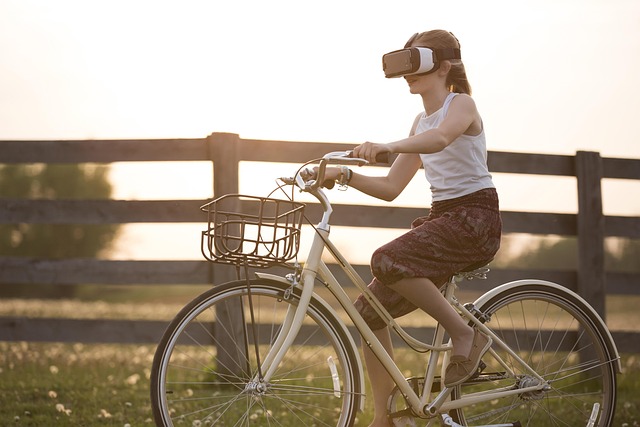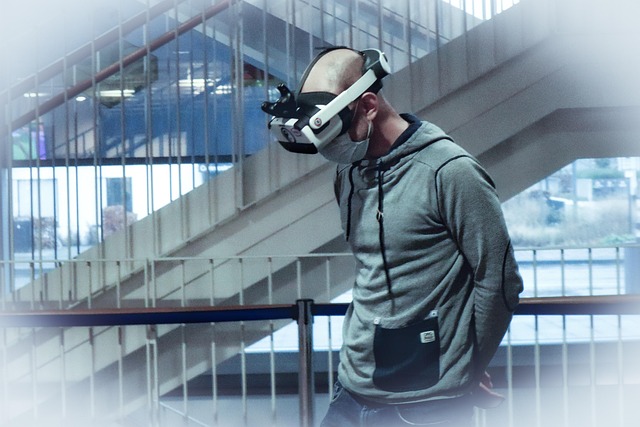As technology continues to leap forward, the realms of Virtual Reality (VR), Augmented Reality (AR), and the Metaverse are dynamically transforming the way we interact with digital spaces. At the heart of this evolution lies the concept of virtual control. This term encapsulates the power we wield in these immersive environments, allowing us to manipulate and engage with digital elements as if they were an extension of our own identity.
Imagine donning a VR headset and finding yourself in a breathtaking digital landscape. The ability to interact with this environment through virtual control is exhilarating—every gesture, every gaze, and every movement translates into immediate action within this new reality. You can reach out to touch an object, and the simulation responds flawlessly, making you feel as if you’ve truly entered another world. This sensation of presence and agency is what sets VR apart; it empowers users to feel like an integral part of the experience rather than mere observers.
Similarly, Augmented Reality is revolutionizing our daily interactions by superimposing digital information onto our physical surroundings. With devices like smartphones or AR glasses, users can access a new layer of information that enhances their real-world experiences. The virtual control in AR allows individuals to manipulate digital components overlaid on their environment. For instance, you might visualize how a new piece of furniture would look in your living room or see real-time data about landmarks as you stroll through the city. This bridging of the digital and physical worlds is what makes AR so compelling, as it fosters a seamless interaction that feels natural and intuitive.
As we delve deeper into the Metaverse—a collective virtual shared space formed by the convergence of virtually enhanced physical reality and physically persistent virtual reality—virtual control takes on even greater significance. Users are not only passive participants; they are creators, influencers, and inhabitants of these interconnected worlds. In the Metaverse, people can craft their avatars, socialize, trade, and explore a myriad of digital experiences. The ability to exercise virtual control in these expansive environments empowers us to define our identities and shape our interactions.
Moreover, mastering virtual control involves understanding the underlying technologies and principles at play. Advances in gesture recognition, haptic feedback, and spatial audio enhance our interactions, making them more immersive and realistic. As these technologies evolve, the potential for richer, more meaningful connections in digital spaces expands. We can envision a future where virtual interactions mimic the nuances of face-to-face conversations and where our gestures translate seamlessly into the environments we navigate.
As users, our engagement in VR, AR, and the Metaverse is not merely about participation; it’s about ownership. We have the tools to influence outcomes, create content, and share experiences that resonate with others. Understanding the dynamics of virtual control empowers individuals to navigate, thrive, and innovate within these digital ecosystems, allowing for personal expression and collaboration in ways previously unimaginable.
In essence, mastering virtual control will shape the future of interaction within these immersive environments, defining how we experience, create, and connect in Virtual Reality, Augmented Reality, and the vast expanse of the Metaverse. The journey is just beginning, and as we continue to explore these realms, we uncover infinite possibilities for engagement, creativity, and community.




